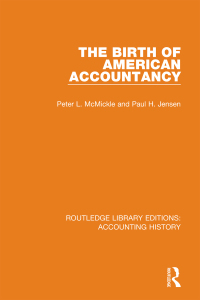Question
1. According to Jonah, there are four, time elements that determine how long it takes to process a job ( Chapter 28) ? What are
1. According to Jonah, there are four, time elements that determine how long it takes to process a job (Chapter 28)? What are they and how does he define each of them? Which elements are the most important for bottleneck resources? For non-bottleneck resources? Explain your answers.
2. To achieve an additional 15% improvement in performance, Jonah recommends the current processing batch sizes be cut in half (Chapter 28). What will that accomplish? What will be the impact on set-up costs? What will be the impact on total cost per unit? Explain your answers.
3. Why did traditional accounting methods show that cutting batch sizes in half has a negative impact on the plants financial performance (Chapters 29-33)? Why did Jonah say it has a positive one? What was the impact on his three performance measures? Explain your answers.
4. To get the new order from Burnsides company (Chapter 29), what did Alex ask the customer to do? Did Alexs actions conflict with the belief that the "customer is always right"? Do you think this type of situation happens in the real world? Explain your answers.
5. What is Stacy talking about when she refers to "CCRs" (Chapter 33)? Are they bottleneck or non-bottle resources? Why are they important to product flow? How are "holes" in work-in-process inventory at bottlenecks used to manage CCRs? Explain your answers
Chapters 28-33!!!!
Step by Step Solution
There are 3 Steps involved in it
Step: 1

Get Instant Access to Expert-Tailored Solutions
See step-by-step solutions with expert insights and AI powered tools for academic success
Step: 2

Step: 3

Ace Your Homework with AI
Get the answers you need in no time with our AI-driven, step-by-step assistance
Get Started


